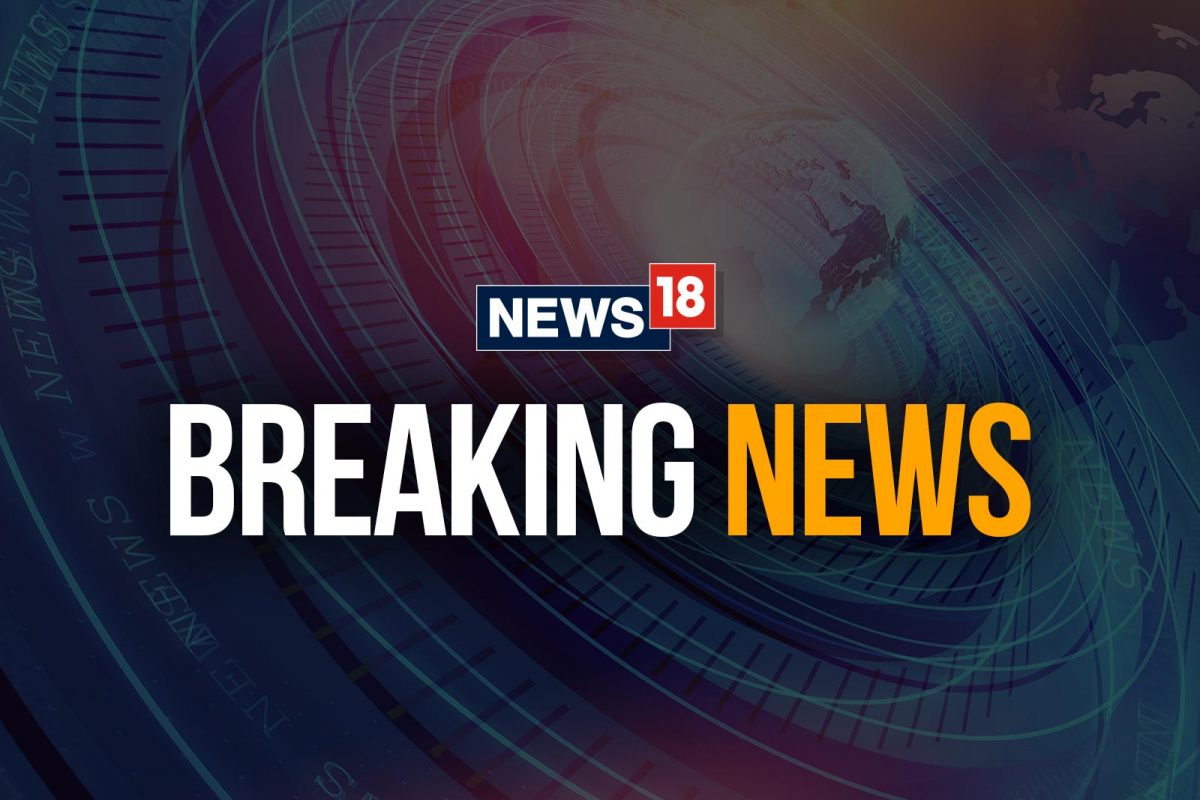

India is emphasizing the need for mutual benefit in its trade negotiations with the United States, aiming to finalize an interim trade agreement within a 90-day window following the pause on reciprocal tariffs announced by the US President. External Affairs Minister S Jaishankar has communicated to the US, the European Union, and the UK the urgency to conclude trade deals.
Striving for Mutually Advantageous Outcomes
India's approach to trade agreements is rooted in the principle of mutual benefit. An unnamed senior government official stated that an agreement with the U.S. is possible within 90 days if it's a win-win for both sides, with the broad contours expected to be finalized by then. The Terms of Reference (ToR) have been signed, positioning India ahead of other countries seeking a deal with the U.S..
India's Urgency in Trade Negotiations
Jaishankar has conveyed India's eagerness to accelerate the conclusion of trade deals with the U.S., EU, and UK. He noted that Washington has responded quickly to Delhi's proposal. India is trying to get the other side to speed things up, which is a change from the past when India was perceived as slowing down negotiations.
Developments and Discussions
Negotiations between India and the U.S. for a bilateral trade agreement were discussed between Secretary of State Marco Rubio and S Jaishankar. Both sides are aiming for an early conclusion of the trade deal. This conversation followed a visit to India by US Assistant Trade Representative Brendan Lynch for discussions on the bilateral trade agreement. The two sides agreed to finalize the first tranche of the agreement by the fall of 2025, as decided during a meeting between Prime Minister Narendra Modi and President Donald Trump in February. During Lynch's visit to New Delhi in March, the two sides finalized the broad contours for negotiations, discussing increased market access and reduction of tariff and non-tariff barriers.
Historical Context and Future Outlook
Jaishankar referred to previous trade talks with the first Trump administration that did not result in a trade pact, emphasizing the importance of reaching an understanding that works for both nations. Despite the imposition of 26% reciprocal tariffs by the U.S. on April 2, India remains engaged with the U.S. administration to address the situation through a bilateral trade agreement.
India is carefully examining the implications of the U.S.'s tariffs and is engaging with industry and exporters to assess their impact. The government is also exploring opportunities that may arise due to changes in U.S. trade policy.